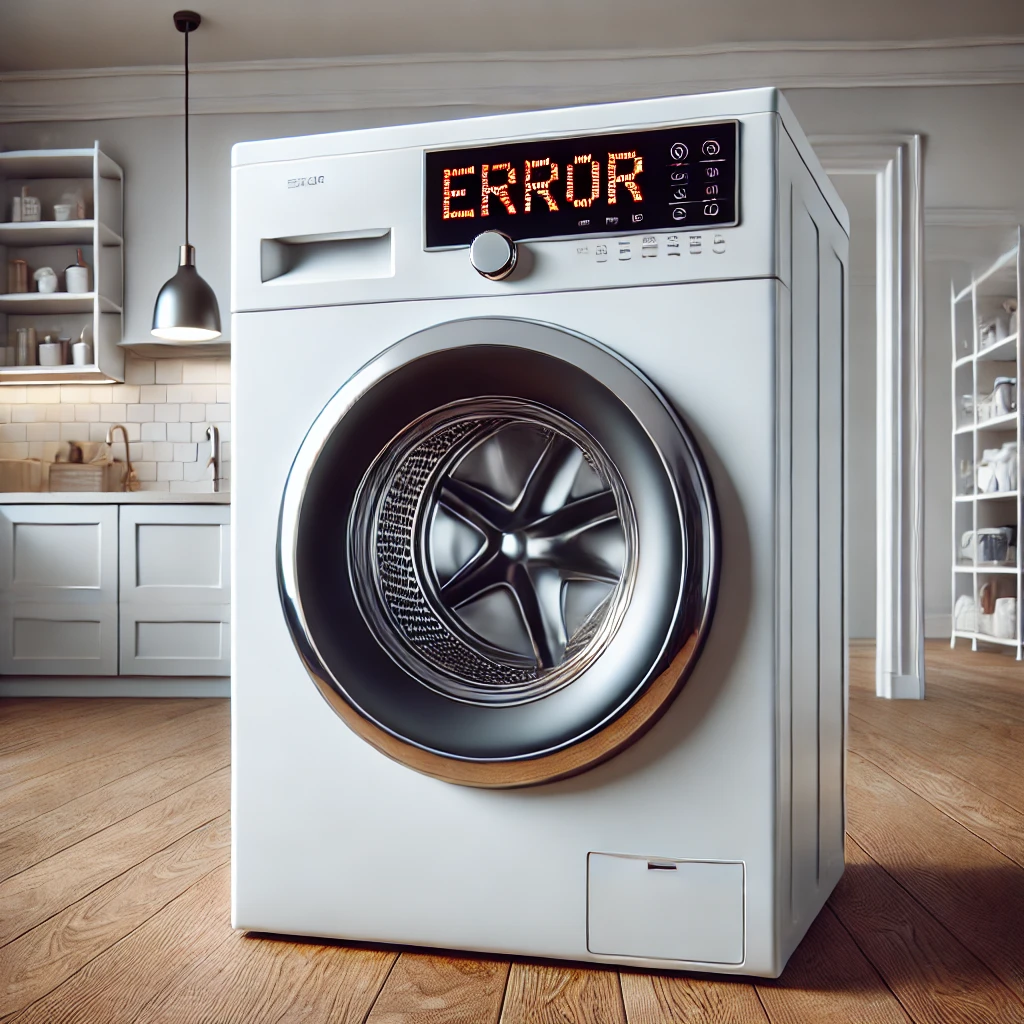
How to Stop a Washing Machine from Moving When Spinning
A washing machine that shakes, vibrates, or even “walks” across the floor during a spin cycle can be frustrating—and noisy! Not only is it annoying, but excessive movement can also damage your appliance over time. Luckily, there are simple fixes to stop your washing machine from moving when spinning.
Why Does a Washing Machine Move During a Spin Cycle?
Before we jump into solutions, let’s look at the main reasons why your washing machine might be shaking or shifting:
1. Uneven Load Distribution
If clothes are bunched up on one side of the drum, the machine can become unbalanced, causing it to shake or move.
2. Not Sitting Level on the Floor
Washing machines need to be level. If the floor is uneven or the feet aren’t adjusted correctly, movement is almost guaranteed.
3. Transit Bolts Still Attached
If your machine is new, transit bolts (used to secure the drum during transport) may still be in place, preventing proper movement.
4. Worn or Faulty Shock Absorbers
Front-loading washing machines use shock absorbers to control drum movement. If these wear out, excessive vibration occurs.
5. Weak or Slippery Flooring
If your washing machine is on a slippery surface like tiles or laminate, vibrations can cause it to shift around.
How to Stop Your Washing Machine from Moving
1. Check and Redistribute the Load
If your washing machine is bouncing around, pause the cycle and rearrange the clothes inside. Avoid washing single heavy items like duvets on their own—add towels or smaller items to balance the load.
2. Make Sure the Machine is Level
Use a spirit level to check if your washing machine is sitting evenly. If not, adjust the feet by turning them clockwise or anti-clockwise until the machine is stable.
3. Remove Transit Bolts
For newly installed machines, check the back for transit bolts and remove them. They can prevent the drum from moving freely and cause excessive vibration.
4. Inspect Shock Absorbers and Suspension Springs
If your washing machine is older and suddenly starts shaking more than usual, worn shock absorbers or suspension springs could be the culprit. These can often be replaced if needed.
5. Use Anti-Vibration Pads
Placing rubber anti-vibration pads under the feet of your washing machine can absorb movement and stop it from sliding across the floor.
6. Secure the Floor
If your washing machine is on a weak or bouncy floor, adding a plywood sheet underneath can help stabilise it. Alternatively, try moving the machine to a sturdier surface.
Final Thoughts
A shaking washing machine isn’t just annoying—it can also lead to long-term damage. Thankfully, most movement issues are easy to fix. By balancing your load, levelling the machine, and checking for worn parts, you can keep your washing machine stable and running smoothly.
If you’re still having trouble, it might be time to call in a professional for a closer look!

